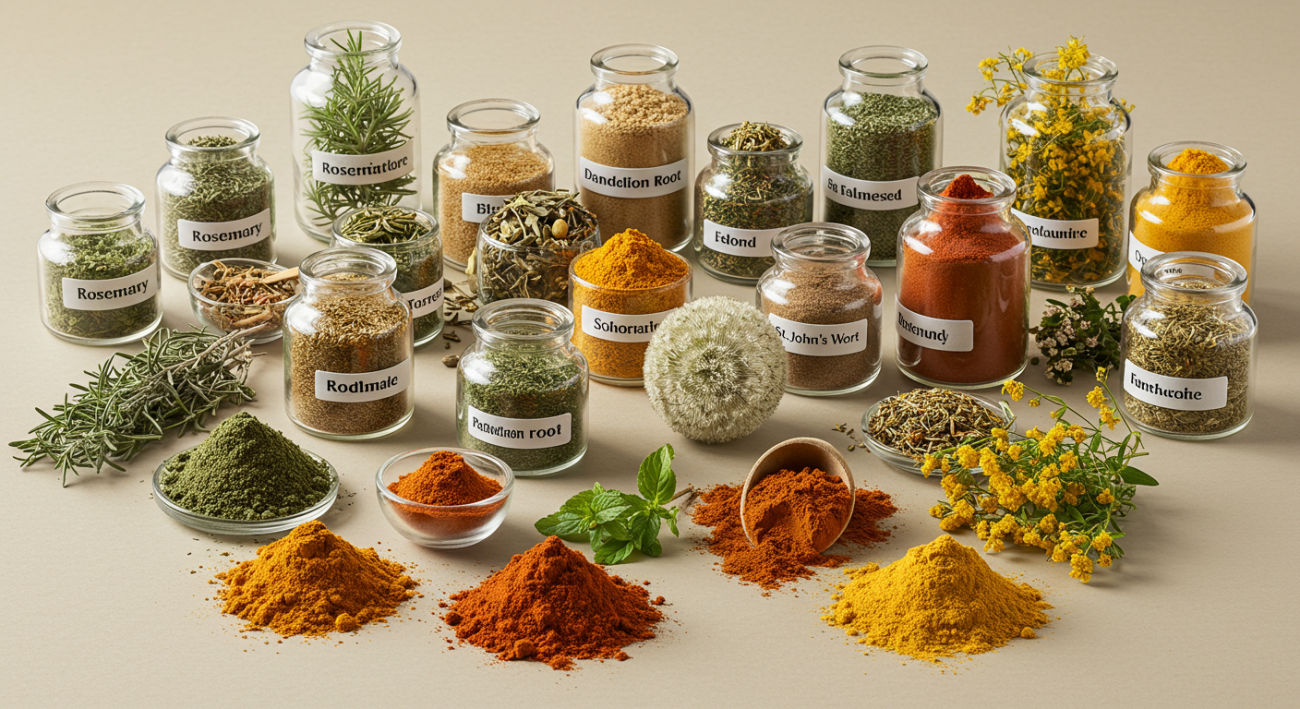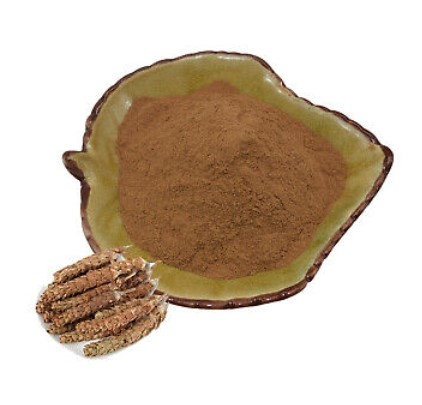What Methods are Used?
What extraction methods are used for standard herb extracts? The creation of supplements, medicines, or wellness products begins with standard herbal extracts. The extraction methods used need to be scientific and precise in order to guarantee bioactive compound integrity, as well as purity, potency, and consistency. In the rest of this article, we’ll cover industry-approved extraction methods, their importance, and how they’re applied.
What are Standard Herb Extracts and How are They Made?
Standard herb extracts are designed to achieve the highest quality and consistency through advanced extraction methods. Essential bioactive compounds, volatile oils, and phytochemicals, such as those found in medicinal plants, can be retained through solvent extraction, maceration, or supercritical CO₂ extraction. These methods help enhance the natural potency of each herb while still conforming to strict nutraceutical or pharmaceutical standards.
- All herbs undergo a fine milling or pulverizing process to protect heat-sensitive compounds and increase absorption. Additionally, labs equipped with HPLC, TLC fingerprinting, and residual solvent testing guarantee the raw extract is pure, stable, and GMP compliant.
- The extracts are confirmed for safety and standardization with a Certificate of Analysis (COA). Specifically targeted clinical herbal medicine formulations, tailored nutraceuticals, and clean-label herbal formulations require high-quality standard herbal extracts with rich and diverse phytochemical constituents.
Visit us at B-Thriving to understand our standards for extraction so that you may trust that our herbal ingredients fulfill functional and regulatory requirements for your product.
The Primary Procedure
1. Solvent Extraction
The first stage to obtain active constituents is through solvent extraction. Here, water, ethanol, or methanol is used as solvent to procure vital constituents with bioactive value from the plant. The method is known for yielding a wider variety of compounds like glycosides, saponins, flavonoids, and even alkaloids. For aqueous solvents, water is preferable for heat-sensitive plants, whilst the polar ethanol is non-discriminatory to both polar and non-polar compounds. In laboratory work, acetone and methanol are used as solvents. Alcohol tinctures made from Ginkgo or Echinacea are excellent examples of products gained via this method. Phytochemical separation makes heavy use of this method.
2. Maceration – The Gentle Soak
Maceration is one of the oldest and most straightforward methods of extraction. In this method, the plant material is soaked in cold or room temperature solvents, which are usually water or alcohol, for several hours to days. Its goal is to let the active agents slowly dissolve in the solvent without heating it. This process is great for preserving sensitive compounds that may degrade with temperature. Maceration works well for fine flowers and leaves and is common in artisanal or homeopathic herbal preparations. It is simple and does not expend much energy, making it a sustainable approach in small-scale production.

3. Percolation – Continuous Flow Extraction
Percolation involves the continuous flow of a solvent through a column that is filled with powdered herbs. This process resembles coffee brewing. Percolation works faster than maceration and is more effective with better control of extract concentration. Because it supports standardized formulations and is scalable, Percolation is popular in commercial settings. Many Good Manufacturing Practices (GMP)-compliant herbal products rely on this method for consistent high quality.
4. Steam Distillation – For Essential Oils
The steam distillation process works best for capturing some volatile essential oils from aromatic herbs like lavender, eucalyptus, and peppermint. During this process, steam passes through the herbaceous plants, which vaporizes the oils and later condenses them for collection. This method does not utilize any solvents and maintains both the smell and therapeutic value of essential oils. The remnant water is called hydrosol, which possesses some health benefits in addition to being used in skin care products and also acts as an air freshener.
5. Supercritical CO₂ Extraction – The Clean-Tech Method
Supercritical CO₂ extraction is a modern method that uses carbon dioxide as a solvent under high temperature and pressure. This method is highly selective and does not leave any toxic residue, making it perfect for pharmaceutical and food-grade products. Because of its effectiveness in extracting both volatile and non-volatile components from turmeric, green tea, and cannabis, these herbs are extensively relied upon. This method also eliminates the use of solvents and is environmentally friendly, besides being compliant with GMP and FDA regulations.
Ultrasonic-Assisted Extraction (UAE)
Ultrasonic-assisted extraction (UAE) employs sound waves to facilitate the breaking open of plant cells so that solvents can seep in more effectively to extract desired compounds. The ultrasonic wave’s cavitation effect enhances the interfacial region between the solvent and the plant, so UAE is more efficient. Its precision makes it suitable for laboratory and pharmaceutical uses. UAE is also favored for its economical energy use and low solvent requirement.
Safety Measures Associated with Herbal Extracts
To comply with regulatory mandates such as GMP, ISO, and FDA, herbal extracts’ safety measures include:
• Microbial screening
• Testing for heavy metals
• Analyses of pesticide residues
• Testing for residual solvents
• Evaluation of stability and shelf life
What Determining Factors are Considered in Choosing the Extraction Method?
These determining factors include the nature of the herb and the composition of the extracts to be prepared. For example, when dealing with volatile oils, flavonoids, alkaloids, or even polyphenols, the extraction conditions for each are different. Also, the desired end product is important; oils and tinctures require steam distillation or solvent extraction, while powders are obtained via decoction or percolation. Another consideration is the safety and compatibility of the solvents used. Ethanol is commonly used since it is food-approved, but some industrial solvents may not be reliable. Legal compliance is also very important. The selected methods must adhere to the applicable GMP rules and clean label regulations. Lastly, consider impact on the environment; cold pressing or supercritical CO₂ extraction are low-energy options and grade out as more sustainable. The chosen method will have the most impact on product effectiveness, safety, and trust from consumers.
Conclusion
Savvy buyers, manufacturers, and health practitioners have a greater understanding of the herbal products market with knowledge of various methods of extraction. The appropriate strategy enhances effectiveness while guaranteeing compliance, safety, purity, and consumer protection. For nature-integrated science, trust B-Thriving for lab-certified herbal components with unparalleled quality.

